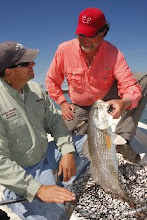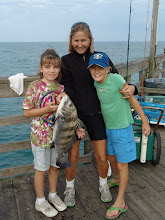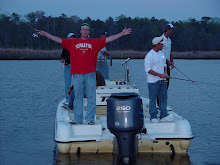Lawsuit Filed to Protect Sea Turtles From Shrimp Trawlers
| |||
Lawsuit Launched to Protect Sea Turtles From Drowning in Shrimp Fishing Nets Fishing Gear Is Primary Threat to Sea Turtle Survival
Conservation groups notified the National Marine Fisheries Service today of their intent to sue over the agency’s failure to prevent the capture and drowning of over 53,000 threatened and endangered sea turtles each year in shrimp trawl nets operating in the Gulf of Mexico and U.S. Southeast Atlantic Ocean.
“Sea turtles are critically endangered, and no shrimp trawler should be allowed to operate if it can’t prevent the drowning of turtles,” said Teri Shore, program director of Turtle Island Restoration Network.
This new legal action comes just two years after the conservation groups settled another lawsuit, one that sought to address more than 3,500 sea turtles that washed up dead or injured on Gulf and East Coast beaches in 2011. Read more about sea turtles and the shrimp fishery here.
The Fisheries Service linked many of those sea turtle deaths and injuries to capture in shrimp fishing nets. Conservation groups settled the litigation with the Fisheries Service, which promised to propose new shrimp fishing regulations to help protect sea turtles. Instead of implementing more protective fishing gear regulations, the Fisheries Service withdrew the proposed rules completely.
Since then, the federal agency has failed to complete a revised analysis of the impacts of shrimp trawling on sea turtles, even after acknowledging previous analyses were inadequate and did not account for poor compliance with existing regulations.
“We had high hopes that we were moving toward a solution for sea turtles, but once again the Fisheries Service has failed to actually implement the protective measures,” said Jaclyn Lopez, an attorney at the Center for Biological Diversity. “The agency has gotten into a disturbing habit of initiating protections and then stalling them. Every day protections are delayed is another day that these sea turtles face the very real risk of drowning in shrimp nets.”
“Turtle excluder devices,” known as TEDs, prevent turtles from drowning in nets, but limited use and lax enforcement have led to thousands of sea turtle deaths. Making matters worse, shallow-water shrimp vessels using skimmer trawls are permitted to simply self-enforce time limits on their tows in water instead of using TEDs. Enforcement records have shown that only 35 percent actually comply with these regulations. There is also mounting evidence from federal fishery observers suggesting that even when these restrictions are followed, skimmers drown turtles. Shrimp trawling is one of the most significant threats facing sea turtles in U.S. coastal waters. “These fisheries should not be permitted to operate without any protective measures in place,” said Amanda Keledjian, marine scientist at Oceana.
“Shrimp trawls kill more sea turtles than all other sources of mortality in U.S. waters combined,” said Marydele Donnelly, director of international policy at the Sea Turtle Conservancy. “Nations that export shrimp to the United States are required to protect sea turtles from drowning in their nets, but the U.S. fleet cannot meet these standards right now.”
The Endangered Species Act requires the Fisheries Service to ensure that its actions do not jeopardize the continued existence of endangered species. Today’s notice aims to ensure the agency’s compliance with this law in carrying out its mandate to protect sea turtles and seeks to establish protective measures for them. Conservation groups filing today’s notice include the Center for Biological Diversity, Turtle Island Restoration Network, Sea Turtle Conservancy and Oceana. ### Turtle Island Restoration Network mobilizes people to restore oceans, preserve rivers and streams, and protect the marine wildlife – from sea turtles to sharks – that call these blue-green waters home. Turtle Island is 25-year-old environmental non-profit with offices in California, Texas and Costa Rica. Our more than 65,000 members and online activists work to protect marine biodiversity in our oceans, and inland rivers and streams. http://www.seaturtles.org/
The Center for Biological Diversity is a national, nonprofit conservation organization with more than 675,000 members and online activists dedicated to the protection of endangered species and wild places. http://www.biologicaldiversity.org/
Sea Turtle Conservancy works to ensure the survival of sea turtles within the Caribbean, Atlantic and Pacific through research, education, training, advocacy and protection of the natural habitats upon which they depend. http://www.conserveturtles.org/ Oceana is the largest international conservation group working solely to protect the world’s oceans. Oceana wins policy victories for the oceans using science-based campaigns. More than 600,000 supporters have already joined Oceana. Global in scope, Oceana has offices in North, South and Central America and Europe. For more information, visit |



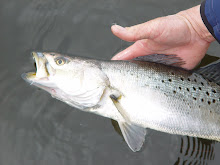



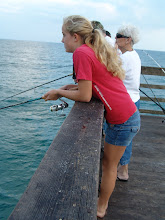

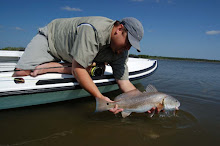.jpg)


